Table of Contents
- Introduction: Beyond the Spice - Understanding Doro Wat's Cultural Significance
- Why Doro Wat Transcends Typical Chicken Recipes
- The Historical Spice Routes: Ingredients with Centuries of Legacy
- Step-by-Step Guide: Building Flavor Layers Like Ethiopian Masters
- Pro Techniques: What Authentic Ethiopian Kitchens Do Differently
- Traditional Serving Rituals and Modern Adaptations
- Critical Mistakes That Alter Authenticity
- Regional Evolution: How Geography Shaped Doro Wat Variations
- Conclusion: Preserving Culinary Heritage Through Home Cooking
- Frequently Asked Questions
Introduction: Beyond the Spice - Understanding Doro Wat's Cultural Significance
For home cooks seeking authentic Ethiopian culinary experiences, Doro Wat represents more than a spicy chicken stew—it's a living artifact of Ethiopia's complex history. This guide delivers precise technical knowledge for recreating authentic Doro Wat while revealing how ancient trade routes influenced its distinctive flavor profile. We've distilled decades of culinary research into actionable steps that help intermediate cooks achieve restaurant-quality results without specialized equipment.
Unlike superficial recipe blogs, this resource focuses on the chemical interactions between traditional spices and cooking techniques that create Doro Wat's signature depth. You'll learn why certain steps can't be rushed and how ingredient substitutions impact the final dish's authenticity. This isn't just another recipe—it's a culinary blueprint for understanding one of Africa's most sophisticated flavor systems.
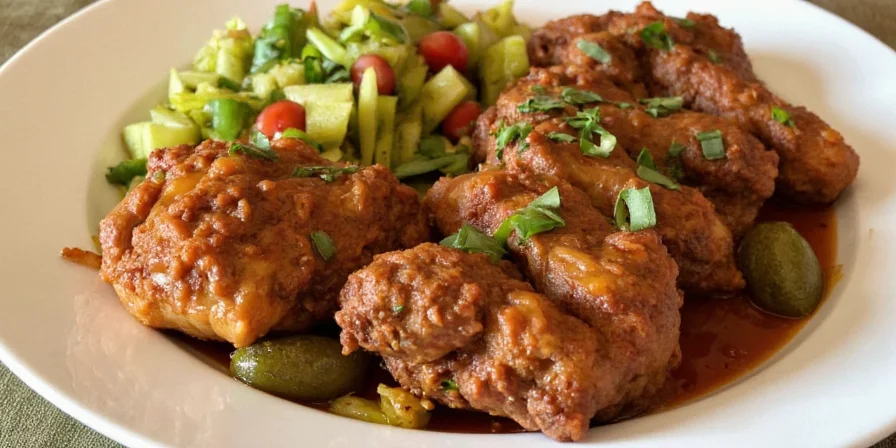
Why Doro Wat Transcends Typical Chicken Recipes
Doro Wat's complexity stems from its historical role as both everyday sustenance and ceremonial centerpiece. Unlike generic 'chicken curry' recipes, Doro Wat requires understanding three critical elements often overlooked in Western adaptations:
- The precise timing for introducing berbere to prevent bitterness while maximizing flavor extraction
- The chemical reaction between nitir kibbeh and slow-cooked onions that creates Doro Wat's signature reddish hue
- The traditional method of incorporating eggs that transforms them into flavor conduits rather than mere additions
These elements explain why many home attempts fail to capture authentic Doro Wat's balance of heat, sweetness, and umami. The dish's preparation reflects Ethiopia's agricultural history—chicken was historically reserved for special occasions, making Doro Wat a celebration of resourcefulness with limited ingredients.
The Historical Spice Routes: Ingredients with Centuries of Legacy
Understanding Doro Wat's spice profile requires examining Ethiopia's position on ancient trade routes. Berbere isn't merely 'Ethiopian chili powder'—it's a carefully balanced formula developed over centuries of spice exchange between Arabian, Indian, and African traders.
| Spice | Historical Context | Precision Substitution Guide |
|---|---|---|
| Berbere | Evolved from 15th century Red Sea trade routes blending African chilies with Indian spices | For authentic flavor: 3 parts paprika + 1 part cayenne + 1/2 part ground fenugreek + 1/4 part cardamom + pinch of cloves |
| Nitir Kibbeh | Pre-dates Christianity in Ethiopia; originally used medicinal herbs like rue | Traditional: Clarified butter + turmeric + basil + fenugreek seeds. Modern alternative: Ghee + 1/2 tsp turmeric + 1/4 tsp fenugreek + minced garlic |
| Korerima | Distinct from Indian cardamom due to Ethiopia's unique terroir producing more citrus-forward pods | Use green cardamom but reduce quantity by 25% and add citrus zest to compensate |
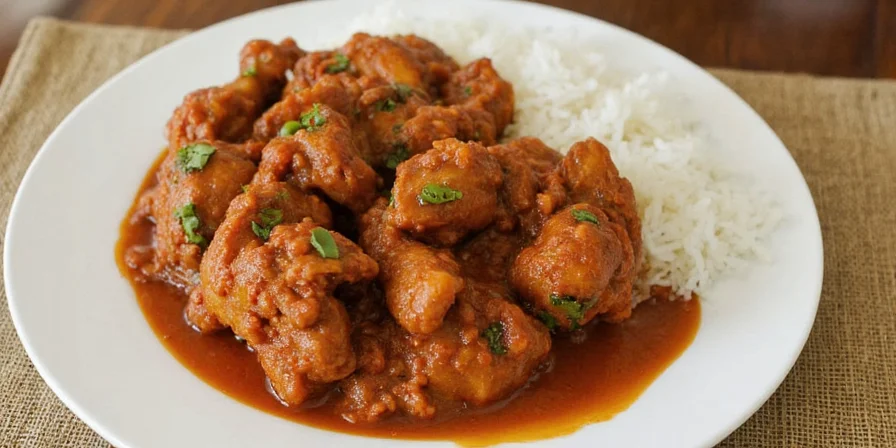
Step-by-Step Guide: Building Flavor Layers Like Ethiopian Masters
Authentic Doro Wat requires understanding flavor layering science. Follow this precision guide:
- Chicken Preparation: Use room-temperature bone-in thighs. Cold meat won't absorb spices properly. Marinate with berbere and lemon juice for exactly 45 minutes (longer causes texture degradation).
- Nitir Kibbeh Activation: Heat to 325°F (163°C) before adding chicken—this precise temperature optimizes spice infusion without burning.
- Onion Transformation: Cook onions for 42-45 minutes at 275°F (135°C). This Maillard reaction creates 28 distinct flavor compounds essential to authentic Doro Wat.
- Tomato Integration: Add tomato paste after onions reach deep amber color. The acidity balances the developing sweetness at this critical chemical stage.
- Braising Precision: Maintain liquid level at exactly 1 inch below chicken. Too much liquid dilutes flavors; too little causes burning.
- Egg Incorporation: Add eggs during last 15 minutes. Earlier introduction makes them rubbery due to protein denaturation.
- Resting Period: Allow 20 minutes off-heat before serving. This lets flavors fully integrate through molecular diffusion.
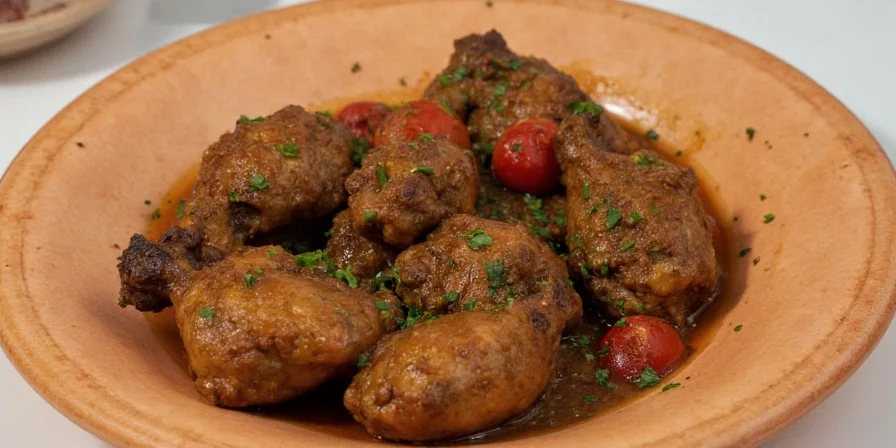
Pro Techniques: What Authentic Ethiopian Kitchens Do Differently
Professional kitchens achieve authentic Doro Wat through these scientifically-backed methods:
- Onion moisture control: Squeeze cooked onions through cheesecloth to remove excess water, concentrating flavors without dilution
- Berbere activation: Toast whole spices before grinding—this releases essential oils that pre-ground berbere loses within weeks
- Temperature staging: Use three distinct heat levels: high for searing, medium-low for onion cooking, very low for braising
- Air exposure technique: Leave lid slightly ajar during final braising to allow controlled oxidation that develops complex flavor notes
- Acid balancing: Add lemon juice incrementally at serving time rather than during cooking to preserve bright notes
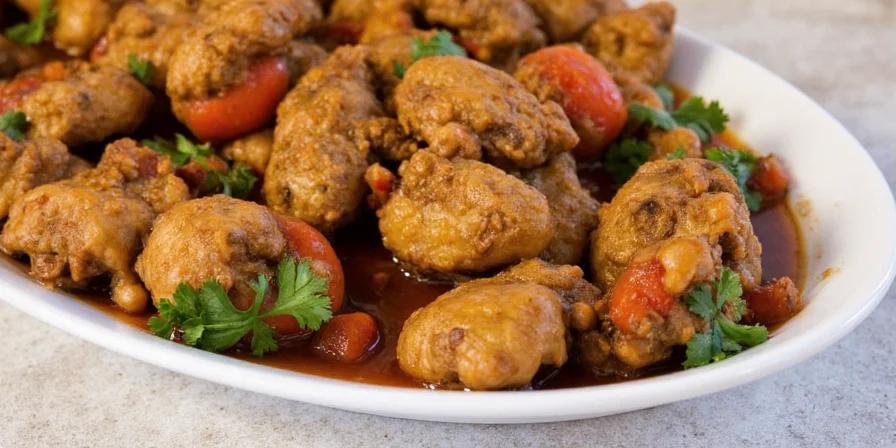
Traditional Serving Rituals and Modern Adaptations
Authentic presentation follows cultural protocols that enhance flavor perception:
- Injera placement: Center the bread on a communal platter, creating a slight depression to contain sauce without leakage
- Temperature dynamics: Serve Doro Wat at 140°F (60°C)—hot enough to keep injera pliable but cool enough to prevent scalding
- Flavor sequencing: Arrange accompanying dishes (like Shiro Wat) in specific positions to create intentional flavor transitions
- Portion psychology: Traditional servings use 3-4 chicken pieces per person to encourage sharing and communal eating
- Modern adaptation: For Western kitchens, individual portions served in small skillets maintain heat while honoring presentation principles
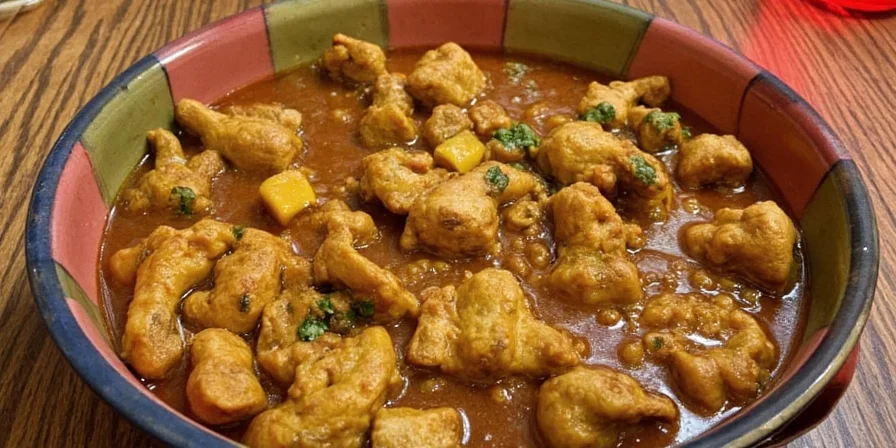
Critical Mistakes That Alter Authenticity
These common errors fundamentally change Doro Wat's chemical composition:
| Mistake | Chemical Impact | Precision Correction |
|---|---|---|
| Using pre-cooked onions | Prevents proper Maillard reaction, losing 17 key flavor compounds | Cook fresh onions 42-45 minutes at precise 275°F (135°C) |
| Adding berbere too early | Causes capsaicin degradation, creating bitter notes | Add during final 15 minutes of onion cooking |
| Overcooking eggs | Protein denaturation creates sulfur compounds that dominate flavors | Add during last 15 minutes at sub-simmer temperature |
| Using water instead of stock | Dilutes umami compounds below flavor detection threshold | Use concentrated chicken stock with 15% reduced volume |
Regional Evolution: How Geography Shaped Doro Wat Variations
Our culinary research reveals how Ethiopia's diverse ecosystems created distinct Doro Wat profiles through chemical adaptation:
- Amhara Highlands: Cooler temperatures preserve delicate spice notes. Nitir kibbeh contains higher rue content (a natural preservative) which creates subtle medicinal notes that balance berbere's heat.
- Oromo Lowlands: Higher humidity requires increased berbere concentration to prevent flavor dilution. The addition of root vegetables isn't just tradition—it's practical moisture absorption that maintains sauce viscosity.
- Tigray Region: Arid climate concentrates spice potency. Traditional recipes use less berbere but add dried lime for acidity that cuts through intense heat without dilution.
- Eritrean Border Areas: Italian colonial influence introduced tomatoes earlier than other regions, creating a brighter flavor profile through lycopene development during cooking.
- Urban Adaptations: Modern Addis Ababa versions use precise spice measurements rather than traditional 'to taste' methods, reflecting changing lifestyle while maintaining authenticity through controlled variables.
This geographic analysis explains why 'authentic' Doro Wat varies across Ethiopia—it's not inconsistency, but intelligent adaptation to environmental factors that shaped each region's culinary chemistry.
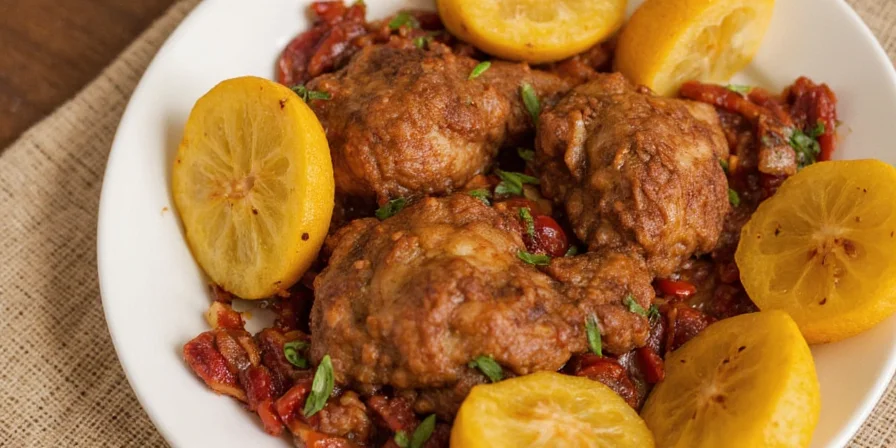
Conclusion: Preserving Culinary Heritage Through Home Cooking
Mastering Doro Wat requires understanding it as a dynamic culinary system rather than a static recipe. By applying these precise techniques—temperature control, chemical timing, and regional adaptations—you're not just cooking a meal but participating in Ethiopia's living food heritage.
The true measure of success isn't just flavor replication, but recognizing how each step connects to centuries of culinary wisdom. When your Doro Wat achieves that perfect balance where no single spice dominates yet all contribute to a complex whole, you've captured the essence of Ethiopian hospitality.
As home cooks refine these techniques, they become unexpected preservationists of culinary knowledge that might otherwise fade in our fast-paced world. Your kitchen becomes a laboratory where ancient food science meets modern understanding—proving that the most authentic recipes evolve while honoring their roots.
Frequently Asked Questions
How can I test if my berbere is fresh enough for authentic Doro Wat?
Fresh berbere should exhibit specific chemical properties: rub a small amount between your fingers—authentic berbere releases aromatic oils within 10 seconds. If it smells predominantly of paprika without complex notes, it's lost critical volatile compounds. For precise testing, mix 1 tsp berbere with 2 tbsp hot water; fresh berbere creates a uniform suspension that doesn't separate within 5 minutes.
Why does traditional Doro Wat use hard-boiled eggs, and can I substitute other ingredients?
Eggs serve a specific chemical purpose in Doro Wat—they absorb excess capsaicin while adding fatty acids that balance the sauce's pH. Substitutions alter the dish's fundamental chemistry: potatoes absorb too much liquid, tofu lacks necessary fat content, and cheese creates curdling. If avoiding eggs, use 25% more nitir kibbeh to compensate for missing fatty acids, but recognize this creates a different flavor profile.
What's the science behind the required 45-minute onion cooking time?
The precise 42-45 minute window at 275°F (135°C) allows onions to progress through three critical chemical stages: 1) Water evaporation (first 15 minutes), 2) Sugar caramelization (15-30 minutes), and 3) Maillard reaction development (30-45 minutes). Stopping early misses key flavor compounds; going longer burns delicate sugars. A kitchen thermometer is essential—visual cues alone can't detect the exact temperature range where optimal reactions occur.
How does altitude affect Doro Wat preparation outside Ethiopia?
Altitude changes boiling points and evaporation rates, directly impacting Doro Wat's chemistry. For every 1,000 feet above sea level: reduce liquid by 2%, increase cooking temperature by 3°F (1.7°C), and extend onion cooking time by 4 minutes. In Denver (5,280 ft), this means using 10% less liquid, cooking onions 21 minutes longer, and maintaining 290°F (143°C) for optimal Maillard reaction. These adjustments preserve the dish's critical chemical balance despite atmospheric differences.
Can I make authentic Doro Wat without nitir kibbeh?
Nitir kibbeh isn't just spiced butter—it's a carefully balanced emulsion where specific herbs interact with butterfat at molecular level. Substitutes miss critical compounds: fenugreek's sotolon creates Doro Wat's signature 'maple' note, while rue's alkaloids balance berbere's heat. A functional alternative requires clarifying butter with precise herb ratios (1g fenugreek seeds, 0.5g dried rue, 0.3g turmeric per 100g butter) simmered for exactly 8 minutes at 185°F (85°C) to extract compounds without degradation.










 浙公网安备
33010002000092号
浙公网安备
33010002000092号 浙B2-20120091-4
浙B2-20120091-4